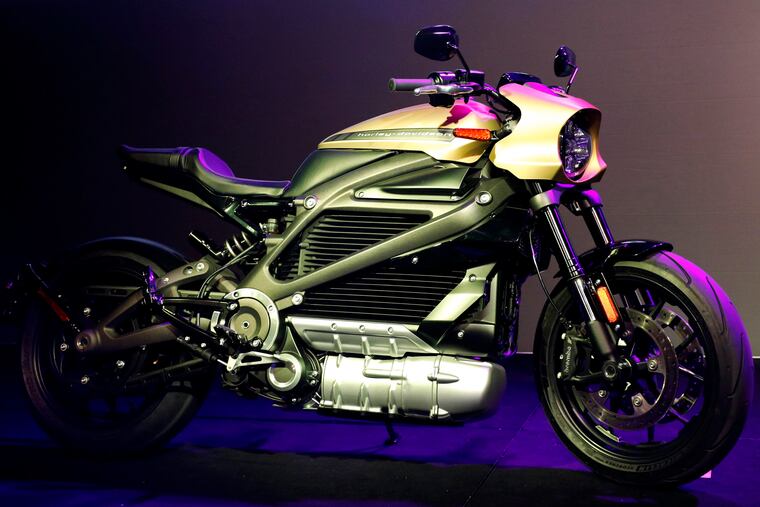Harley stock rises most in a year while its York, Pa. plant gets a boost
Levatich said in June, the firm completed key milestones for expanding its York, Pa. plant. “We added two new lines and hired over 400 U.S. workers,” he said. Hariley will makes its first electric motorcycle LiveWire, in York, Pa.
